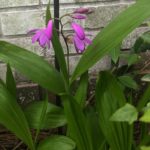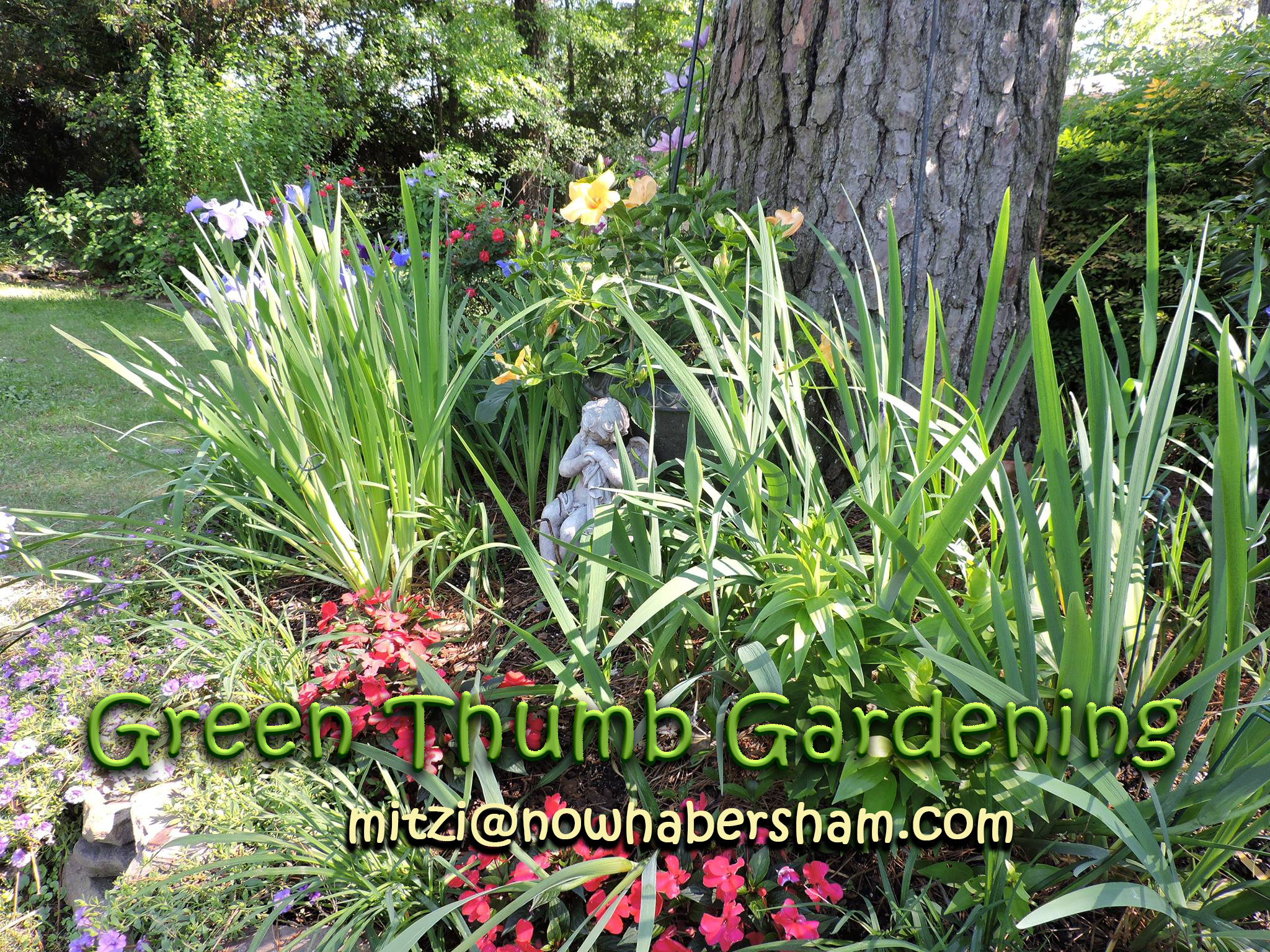
Beautiful flowering bulbs are showing off right now including daffodils, hyacinth, and crocus. They’ll be joined soon by tulips, hellebores, and hardy orchids. The choice of varieties and colors is absolutely amazing and there are colors and shapes for every gardener.
Here in Habersham County, we are in zone 7 and especially lucky with the wide range of flowers that are hardy in the region. Be sure and time your bulb planting activities correctly. The best times for planting bulbs in our zone is in fall for spring bloomers and in spring for summer flowering varieties. Most reputable nursery centers or online garden sites carry a host of flowering bulbs for zone 7. The trick is picking out your favorites and, outside of variety, choose bulbs that are large, free of blemish, and healthy.
Best bulbs to plant now
So let’s think ahead to what you want in bloom for the summer months ahead. There are dozens of summer-flowering bulbs. Think dahlias, calla lilies, Oriental, and Asiatic lilies.
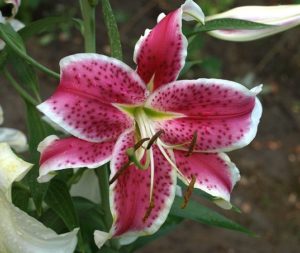 1. Oriental lilies: The large, fragrant blooms of Oriental lilies are total show-stoppers in the garden. With scores of varieties available, there’s a broad range of colors and heights to choose from. Space Oriental lily bulbs about a foot apart, and be sure to stake the stems as they grow; their blossoms are heavy, and they’ll need the extra support. Oriental lilies are the classic “late bloomer.” These stunning flowering bulbs bloom after Asiatic lilies, continuing the lily parade in the landscape well into the season. Growing oriental lily plants is fairly easy provided you have a well-prepared site for bulbs, plenty of sun, and good drainage. They are some of the most magnificent flowers in the lily family.
1. Oriental lilies: The large, fragrant blooms of Oriental lilies are total show-stoppers in the garden. With scores of varieties available, there’s a broad range of colors and heights to choose from. Space Oriental lily bulbs about a foot apart, and be sure to stake the stems as they grow; their blossoms are heavy, and they’ll need the extra support. Oriental lilies are the classic “late bloomer.” These stunning flowering bulbs bloom after Asiatic lilies, continuing the lily parade in the landscape well into the season. Growing oriental lily plants is fairly easy provided you have a well-prepared site for bulbs, plenty of sun, and good drainage. They are some of the most magnificent flowers in the lily family.
2.Crocosmia: Just like gladiolus and crocus, 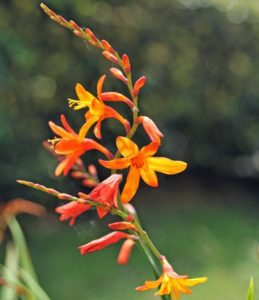 this perennial plant technically grows from corms (storage organs similar to bulbs). Reaching about three feet in height, the sword-like foliage is bright green. In mid-summer, stalks of arching flowers extend above the leaves. Common flower colors are red, orange, and yellow, depending on the variety. Crocosmia prefers full sun, and hummingbirds are frequently found dining on its nectar. I transferred my crocosmia from a flower bed to a large urn several years ago because they multiply like rabbits, almost to the point of being invasive.
this perennial plant technically grows from corms (storage organs similar to bulbs). Reaching about three feet in height, the sword-like foliage is bright green. In mid-summer, stalks of arching flowers extend above the leaves. Common flower colors are red, orange, and yellow, depending on the variety. Crocosmia prefers full sun, and hummingbirds are frequently found dining on its nectar. I transferred my crocosmia from a flower bed to a large urn several years ago because they multiply like rabbits, almost to the point of being invasive.
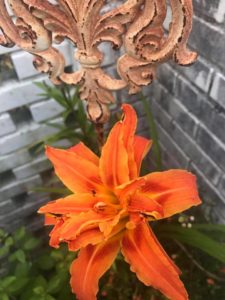 3. Asiatic Lilies: Asiatic lilies differ greatly from their Oriental cousins mentioned above. They are earlier blooming, fragrance-free, and brighter colored. Their flowers aren’t typically as large as Oriental lilies and their stems are sturdier, so they don’t require extra support. Scout for a location and prepare the soil ahead of time when planting Asiatic lilies. Plant in a sunny to partly sunny location. At least six hours of sunlight is necessary for the Asiatic lily plant. Soil should be well-draining, which may require the addition of organic material worked in several inches deep. If you already have rich, organic soil in the area where you’ll be planting Asiatic lilies, make sure it is loose and well-draining to 6 to 8 inches deep. Bulbs of this lily should never sit in soggy soil.
3. Asiatic Lilies: Asiatic lilies differ greatly from their Oriental cousins mentioned above. They are earlier blooming, fragrance-free, and brighter colored. Their flowers aren’t typically as large as Oriental lilies and their stems are sturdier, so they don’t require extra support. Scout for a location and prepare the soil ahead of time when planting Asiatic lilies. Plant in a sunny to partly sunny location. At least six hours of sunlight is necessary for the Asiatic lily plant. Soil should be well-draining, which may require the addition of organic material worked in several inches deep. If you already have rich, organic soil in the area where you’ll be planting Asiatic lilies, make sure it is loose and well-draining to 6 to 8 inches deep. Bulbs of this lily should never sit in soggy soil.
4. Calla Lilies: While they’re best known as supremely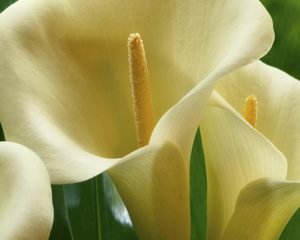 long-lasting cut flowers, Calla Lilies also make fantastic container and landscape plants! Speckled foliage and gorgeous blooms add a touch of elegance wherever they go, and despite their graceful appearance, they’re remarkably easy to grow. Calla Lilies prefer locations with rich, well-drained soil and filtered light or moderate shade. They will burn in full sun, so be mindful when choosing a spot. If you notice water puddles 5–6 hours after a hard rain, you’ll want to find another site or amend the soil with the addition of organic material to improve drainage.
long-lasting cut flowers, Calla Lilies also make fantastic container and landscape plants! Speckled foliage and gorgeous blooms add a touch of elegance wherever they go, and despite their graceful appearance, they’re remarkably easy to grow. Calla Lilies prefer locations with rich, well-drained soil and filtered light or moderate shade. They will burn in full sun, so be mindful when choosing a spot. If you notice water puddles 5–6 hours after a hard rain, you’ll want to find another site or amend the soil with the addition of organic material to improve drainage.
How to plant bulbs
Planting spring bulbs isn’t difficult, but there are some “green thumb” rules you should follow when you plant bulbs.
- First, be sure to plant them at the proper depth. Most bulbs do best when planted two-and-a-half to three times deeper than they are tall. In other words, if the bulb itself is two inches tall, the base of the bulb should be about six inches deep after planting.
- Next, the majority of bulbs prefer well-drained soils. Do not plant bulbs in boggy areas where they’re prone to rot.
- Bulbs grow best in soil amended with compost or other organic matter. Work a few shovels of compost into the area before planting spring bulbs.
- Finally, I recommend working in some bone meal when planting bulbs.
If you plan ahead and plant at the right time, you can enjoy a glorious display of bulbs from early spring through the fall.
Happy planting!


